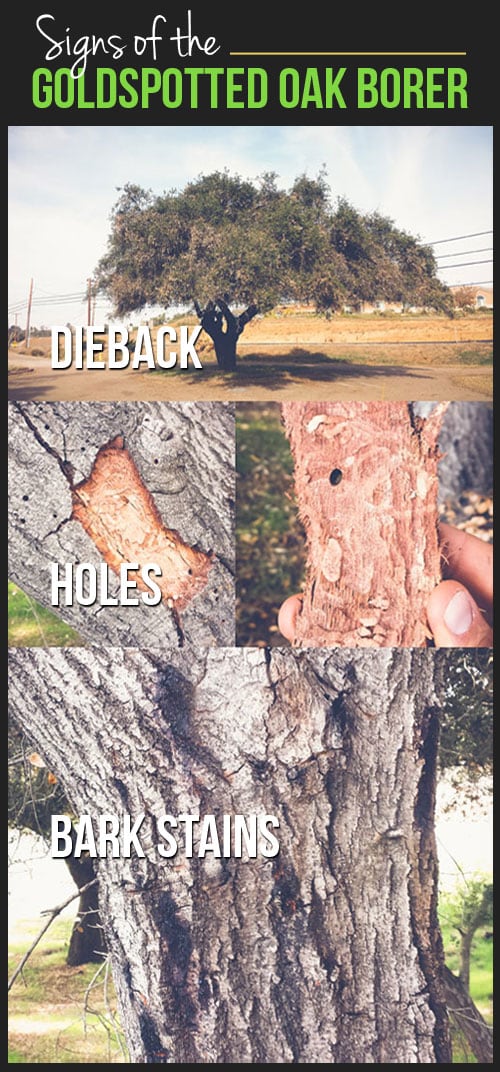Identifying The Right Time For Tree Elimination - A Guide For Homeowners
Identifying The Right Time For Tree Elimination - A Guide For Homeowners
Blog Article
Web Content Writer-Wright Conway
Trees add beauty and worth to home, but they can additionally pose a danger during severe weather condition occasions. If a tree has actually quit growing, is exhibiting visible fungal development, or has a leaning trunk, it must be removed by a professional to prevent property damages and injury.
To read more, participate in a house owner resource fair co-hosted by HPD, the Facility for New York City Neighborhoods, and Brooklyn-based real estate partners this night in Bedford-Stuyvesant. The event will certainly include the House owner Handbook, a new guide to assist home owners browse the duties of owning a home.
1. Dead or Dying Branches
Trees are an integral part of your home's landscape, using shade and charm. arborist job give sanctuary for wildlife and generate oxygen, however even healthy and balanced trees can experience health problems that may demand their elimination. Dead or dying trees aren't just unsightly, they can be dangerous. Their branches could fall throughout a storm, leading to pricey building damage and injuries.
When a tree's branches begin to pass away, it indicates that its framework is starting to break down. If the majority of its branches are dead, it is likely time to remove it.
Search for an absence of new development, bark peeling, open injuries or dental caries, fungis expanding on the trunk or origins and a basic appearance of degeneration in the entire cover. These indications of infection can show a significant trouble that will need professional tree services to settle.
2. Leaning Trunk
While it's normal for trees to lean periodically due to phototropism, if a tree has a harmful or serious lean that's not as a result of natural processes - it could be a sign that the tree requires to be gotten rid of. If the tree is leaning toward a high-voltage line, home, car, play framework or any other area that could be harmful to people if it drops, then calling a professional tree solution for removal ought to be a top concern.
It's additionally essential to watch for any sudden changes in a tree's leaning as it can indicate damage to the origins or trunk that may result in dropping. https://drive.google.com/drive/folders/1CN7m2aHO-Lkgtx6gVceMI3VU_qbyFCap?usp=drive_link is specifically true during stormy weather, because high winds and rain-soaked soil can create a lean to change swiftly. Routine monitoring, particularly during and after storms can assist house owners identify possible troubles with their trees so they can call an arborist for a thorough assessment.
3. Bug Invasion
Some pest invasions, such as wood-boring pests like emerald ash borer or sap-suckers like scale pests, are so severe that they can trigger a tree to die. The very best way to stop pest problem is to check your trees regularly. Look for places, openings, or discolorations in the fallen leaves and bark. Analyze the trunk for fractures and indicators of insect damage, such as passages or tracks.
If a tree comes to be too plagued with insects, or is close to a home or high-voltage line, an arborist may recommend elimination. If a leaning tree creates a new, unsteady lean, an arborist will likely advise elimination too to guarantee the safety of individuals and home. If a weakened or dead tree constantly sheds extreme branches, it is an indicator that it is time to remove the tree. If a tree remains to drop branches for an extensive amount of time, it might lead to structural troubles and prospective property damage.
4. Damaged Trunk
Trees are a stunning and vital part of our landscape, yet they do need routine like keep them healthy and balanced and safe. If a tree is harmed irreparable it is most likely time for it to come down.
Search for indications of damage to the trunk, including vertical cracks, joints, dead branch stubs, noticeable wounds or open cavities and extreme tree-rot. The presence of fungi at the base of the trunk is an additional warning sign. Fungi might show that the phloem and xylem (life-support tissues) are endangered, permitting the spread of illness or a future failing.
Additionally, think about whether the tree has stopped growing. Healthy trees will certainly have new growth each year, which may show up as buds or branches sprouting and extending. If you do not see any type of new growth, it's an excellent idea to have an arborist evaluate the tree and follow their recommendation for removal. A dying or harmed tree can fall and cause property damage.